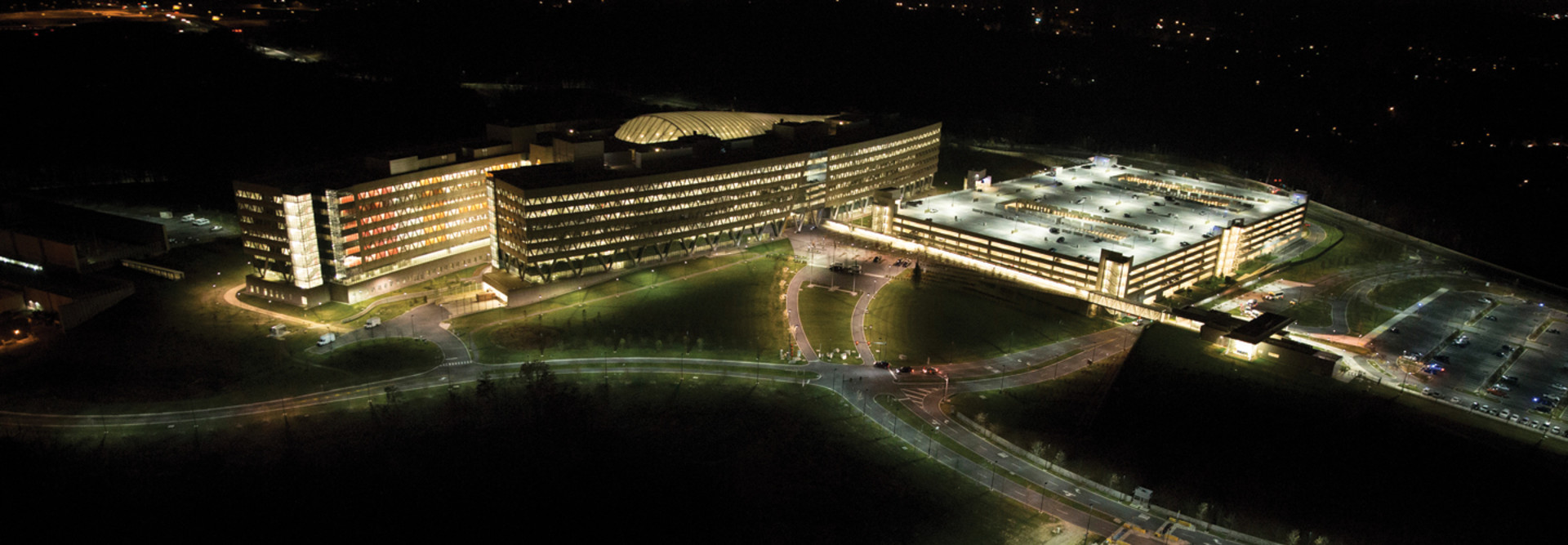The Shift in How the NGA Supports Data Access
Brooks says it would be “fair” to argue that the NGA determined it had more flexibility than it thought. The agency had, understandably, been risk averse and “very conservative” in how it handled data access, he says.
The pandemic provided the NGA with an opportunity to rethink its approach to data access in “very smart and informed ways,” Brooks says, which was done in consultation with CIO Mark Andress and CTO Mark Munsell.
They focused on providing a solution that protected the NGA’s tradecraft and adhered “to all the best security policies that we have, and at the end of the day, we still deliver incredible value to our customers and our users around the world.”
As GCN reports, the NGA has also used technologies in innovative ways to accommodate remote work, according to a new white paper from the United States Geospatial Intelligence Foundation, a geospatial intelligence community nonprofit. The NGA needed to ensure remote users could access the artificial intelligence and machine learning tools that would be available to them in the office.
The white paper notes that the NGA worked with Booz Allen Hamilton to create a “‘develop low, deploy high’ mentality” which “provided a strong foundation for continuing development of AI/ML initiatives in the wake of COVID-19.”
The approach the NGA took leveraged existing tools developed by Booz Allen Hamilton that enable “development in unclassified environments and deployment into classified environments using end-to-end cross-domain pipelines.”
“They have rapidly developed new technology, leveraged uncleared developers who were previously unable to support NGA’s mission due to clearance requirements, and ensured the low-side and the high-side environments were mirror images by employing a modern DevSecOps approach,” the white paper says.
“With these cross-domain environments already in place, some NGA users and analysts have experienced an easier transition as those environments were repurposed to accommodate working from home,” the white paper continues. “Analysts were able to sustain cross-domain development workflows, ensuring that model development and testing that occur in unclassified environments can be seamlessly transitioned to the classified space.”
VIDEO: How has federal use of data analytics shifted during the pandemic?
How the NGA’s Use of Data Will Continue to Evolve
The NGA’s data-sharing and analytics tools will continue to evolve over the next few years, Brooks says, and part of that involves moving away from a model that all analysis needs to be done in classified environments.
“We’ve shown that parts of that can be safely and securely done in unclassified spaces,” Brooks says, “and we can do that in various secure but unclassified forms. We can do that in different ways that will continue to grow, and people have that experience now.”
“It’s very real how we were able to continue to deliver world-class geospatial intelligence in these different ways,” Brooks adds. “People have seen the light and the promise and the opportunity of that and want to keep building on that in different sorts of ways.”
A broad coalition of NGA workers — working on everything from supporting soldiers in the field to giving intelligence to policymakers, as well as those working on internal operations — are behind this effort, according to Brooks.
“We’re all collectively thinking, ‘You know what? We can do this,’” he says.
“That’s what I get really excited about going forward. For us as an agency, we’re going to be able to deliver value to our customers, whoever they are, in much different, new ways. We’ve collectively taken on this culture of, ‘Hey, we’ve done things a certain way.’ There are new ways to do them. We have the gumption and drive and desire to take on those new ways and to try and be very smart about it and be very deliberate and share our experiences with others.”
Within the next year or so, Brooks says, it’s possible there might be even more intelligence analysis being done in secure but unclassified environments.
“For us, what I look at is that we’re going to be able to better inform and empower our customers and those around the world, because we’re adopting these new ways of doing our work while delivering value for them in interesting ways,” Brooks says.
“You don’t have to be in the secure building,” he says. “It doesn’t have to be on classified data. It doesn’t have to be those things. It can be this whole range. And when you have that, there’s so much opportunity there to do what we do, which is deliver world-class geospatial intelligence. It’s going to get even better for us, which I’m really excited about.”
MORE FROM FEDTECH: Why artificial intelligence and Big Data are key to agency missions.











